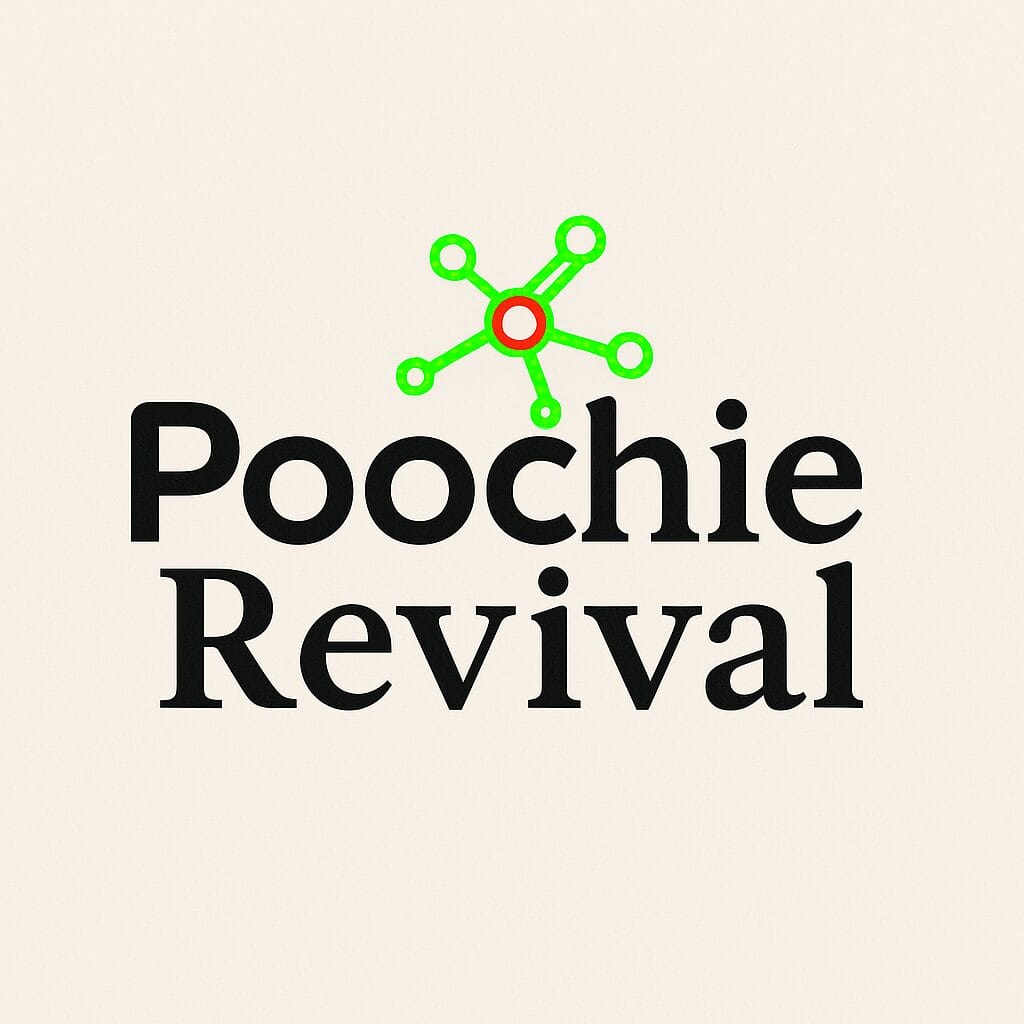In the past, the concept of balance in food was introduced for feeding dogs. Balance is something that humans seem to have an innate need for. Chaos is bad and must be balanced. The feeling of chaos is also inherently related to ignorance.
The pleasing aspect of balance is that it can be used to justify anything desired, as well as to demonize something that doesn’t fit into one’s worldview as unbalanced. Balance means nothing and it means everything.
In canine nutrition, the situation is simple. There is no such thing as balance, and once you accept and understand this, feeding becomes easier.
The balance in food likely became most prominent with the advent of dry foods. One of Finland’s first major brands was Pluto. Qualitatively, it might be on par with basic Serti or even Luppa or Frolic (very low quality brands; every country has similar ones). Balance was also a strong marketing argument: everything in the right proportion.
The claim was essentially true, just as it is an irrefutable fact today for all complete foods that genuinely meet nutritional requirements without massive portion sizes. Pluto and its successors meet the basic requirements set for canine nutrition, and since complete foods are a fixed package from which nothing can be removed, in their own twisted way, they are very balanced.
The strongest indication of balance is seen in the calcium and phosphorus ratio, often abbreviated as the Ca/P ratio. When the ratio is between 1:1 and 2:1, it’s balanced like a seesaw. But as with a seesaw, balance depends on the center of gravity, and if the support is shifted in either direction, weights must be adjusted to maintain balance. Give me a long enough lever and a fixed pivot point, and I will move the Earth from its place.
The same applies to the calcium and phosphorus ratio: it is not constant. It depends on the body’s current need for calcium, which changes calcium absorption from hour to hour, day to day, and feeding to feeding.
Even though (more accurately: when) phosphorus remains constant in food regardless of the feeding method (once again: barf feeding error is an exception), calcium varies between ratios of 0:1 and infinity – where infinity means the total amount of calcium in the food.
This is because the body regulates calcium intake between zero and (theoretically) one hundred percent based on the body’s needs; everyone is familiar with bone excrement, where calcium and other minerals have not been absorbed regardless of the amount of phosphorus. Calcium does not care about the amount of phosphorus; it cares about the body’s need for calcium. That’s that.
When was the last time you calculated your own calcium and phosphorus intake? According to the Ca/P theory, it is constant for all mammals, including humans. Yet osteoporosis does not occur due to an incorrect Ca/P ratio, but due to insufficient calcium intake.
The calcium/phosphorus ratio in dry foods is always automatically correct when about three times the amount of calcium needed is added to the food, regardless of the recommended servings. It’s important to remember that Ca/P is calculated from the percentages of calcium and phosphorus in the bag – not from the dog’s needs.
If a 30 kg dog is given 800 g (human-grade) of 17% fat ground beef, the dog receives 1400 mg of phosphorus and 9 mg of calcium. When 130 mg/kgME of calcium is added without absorption allowance as calcium carbonate (also known as feed lime), the dog does not receive additional phosphorus, but 1700 mg of calcium is given. Then the Ca/P ratio is about 1.2:1.
But if calcium is doubled due to the assumed 40% absorption of calcium carbonate, as is commonly done in raw feeding for dogs, the ratio becomes 2.4:1, and the dog should, if not die, at least become ill or develop severe deficiencies and growth disorders. But even though the balance is broken, the dog actually may feel better.
Genuine balance in dog feeding means the balance between the intake and need of a single nutrient, not the relative amounts of nutrients to each other. In marketing, balance means nothing more than the amounts of different nutrients in the food or supplement – in other words, it means nothing.
The amounts of proteins and fats in food have a balance. It has never been clear to me what the right balance is
- 24/10
- 30/20
- 32/34
- 40/17
or something entirely different that each manufacturer has happened to mix.
In meats, balance is even more mysterious because as long as you don’t feed lard as meat, or extend the food with connective tissue, the protein amount remains practically the same within a few percentage points, but the fat varies between 4 – 40 percent in wet weight – the amount of water varies.
One B-vitamin product claims that the B-vitamins it contains are in the right proportions. It contains
- Vitamin B1 (thiamine) 1666 mg/ml, need is 74 µg/kgME
- Vitamin B6 (pyridoxine) 533 µg/ml, need is 49 µg/kgME
- Vitamin B12 (cobalamin) 3.5 µg/ml, need is 1.15 µg/kgME
In terms of a dog’s needs, B1:B6:B12 is 1:1.5:42. In the product, the same ratios are 1:3.1:152. They have nothing in common. But perhaps the advertised correct ratio is an overdose per milliliter relative to the dog’s needs. But that means nothing.
For minerals, some theoretical boundaries can be drawn, such as 40 percent absorption for calcium and 5 percent for zinc, but these are not constants either; they depend on the situation, the specific compound, and the assumed current need of the body in the food’s composition.
Vitamin absorption is not greatly regulated, and they are practically absorbed 100 percent if the food containing them is digested, so there is no point in overdosing. There isn’t even a situation where a specific “consumption rate” of B12 would require so much more B6 and B1 – such a thing does not exist.
The B-vitamin manufacturer and seller thus lied when they advertised some correct balance.
The good thing is that every manufacturer and seller who advertises any balance other than the already mentioned one provided by the food, which must at least be the assumed need of the dog, is lying. There are quite a few of them, by the way.
Don’t think about ratios anywhere other than in your own life with others. The ratios of feeding and nutrition do not matter. Consider the intake of each substance in grams as separate entities. That’s the only thing that matters.



